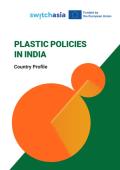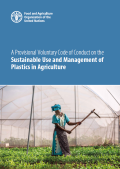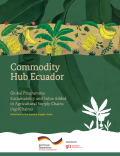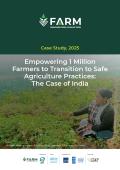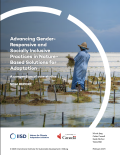
Approximately 70 percent of the rural poor rely on agriculture for their livelihoods. In developing countries, it is a major occupational sector and primary source of income for the poor. World Bank statistics (2014) show that, whereas agriculture value-added as a percentage of GDP is 3 per cent for the world on average, it is 32 per cent for low-income countries.
Greening the agricultural sector involves addressing poverty as well as meeting the nutritional needs of a growing global population while also minimizing the environmental degradation associated with certain agricultural practices. According to UNEP’s Green Economy Report, the greening of agriculture refers to the increasing use of farming practices and technologies that simultaneously:
- Maintain and increase productivity and profitability while ensuring sustainability of food and ecosystem services;
- Reduce negative externalities (e.g. emissions) and gradually increase positive ones (e.g. carbon sink or biodiversity);
- Rebuild natural capital assets by using resources more efficiently.
Relevance to SDGs
Sustainable Development Goal (SDG) 2 emphasizes the need for a global partnership to “End hunger, achieve food security and improved nutrition, and promote sustainable agriculture”. Green growth has an important role to play in fostering interlinkages between sustainable agriculture and the empowerment of smallholder farmers, ending rural poverty and promoting gender equality.
Explore green growth resources related to SDG 2:
SDG 2.3
Productivity SDG 2.4
Resiliency SDG 2.b
Agri-food Trade
The market value for sustainable agriculture products is predicted to rise to US$872.7 billion globally by 2020. This market growth is matched by an upward trend in sustainable agriculture investment, which has grown 32.5% annually since 2013. There are considerable green investment opportunities across the sector, from farmland and sustainable forestry to smart agriculture and improving yields for smallholders.
Developing structures to facilitate international investment in sustainable agricultural practices among smallholders can provide much needed incentives for both investors and farmers to shift their practices. Access to finance has long been a challenge for the agricultural sector due to inadequate enabling environments, lack of capacity to manage exposure to specific agricultural risk, and high transaction costs. Finance can be used to increase resilience and reduce emissions intensity in the sector, while banks and investors can also proactively require sustainable agriculture technologies and practices as a condition for financing. Insurance companies can also help to manage climate risks by allowing more flexible index payouts based on changes such as rainfall over time or average yield losses, rather than larger payouts triggered by crop failure.




